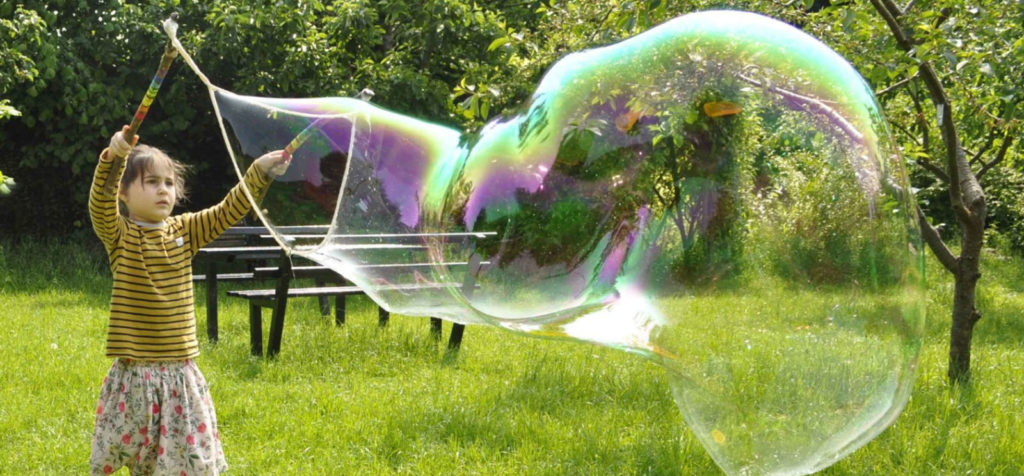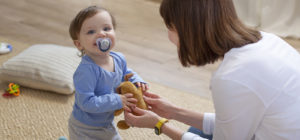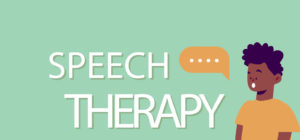Parents are important members of their child’s therapeutic team along with the speech pathologist and, of course, the child. By observing and, at times, participating directly in the session, parents are able to carry over their children’s treatment goals into the natural environment.
In the treatment room, the speech pathologist teaches the child the skills needed to attain receptive and expressive language skills appropriate for their age or the highest level the child can reach. It is crucial that the child practice these new skills outside the treatment room with a variety of people. The parents’ help is necessary, as they are with their child at home and in the outside world.
Frequently, parents have a difficult time coming up with ways to interweave their child’s targeted goals into their daily lives. They may have a hard time knowing what their child wants because he/she may not request, may not engage, their language is limited or intelligibility is compromised.
Here are some easy suggestions to contrive the environment to help your child practice using their verbal skills. They are designed to help the child use/increase requesting, verbal interaction and naming as well as improve speech intelligibility, expand utterances and build associations.
Make sure the child wants or needs the item (looks at, reaches for, points to, tries to get it) or the action. The child has to request it before receiving it, using the target level of skill he/she is working at by pointing, signing or using verbal approximations, words, phrases, sentences, questions, etc. (e.g., for example #1: child points to milk or signs or says “mmm,” ”milk,” “want milk,” “Mom, give me more milk” or ”Where’s the milk?” ). Modify the activity according to your child’s age and interests.
- Pour a small amount of milk/pop in the cup.
- Give a bowl of pudding with no spoon.
- Give cereal bowl with nothing in it or with cereal and no milk.
- Give child a cup to drink with, with nothing inside.
- Give child sandwich, hotdog, etc. to eat, with no bun, bread, hotdog or filling.
- Stand at the door without opening it. Wait.
- Give toothbrush with no toothpaste on it. Toothpaste is hidden from sight.
- Tell child to brush teeth, but toothbrush is gone.
- Put needed items or desired toys out of reach in bedroom or bath.
- Put desired item in a closed clear container that is hard to open.
- Put desired toy on any high surface, make sure child can see it.
- Put child in the tub/shower with no water.
- Turn water off periodically while tub is filling.
- Hold wand for bubbles as though about to blow, but don’t…wait.
- Give child bubbles jar with no wand.
- Hold child in swing without pushing forward.
- Give child a treat in a bag or container that he/she cannot open.
- When getting dressed, give your child another sibling’s clothes to put on that are too big or too small.
- Give your child crayons that are broken or too small to use, or a marker that is dried out, a pen that does not work or a pencil without a point.




